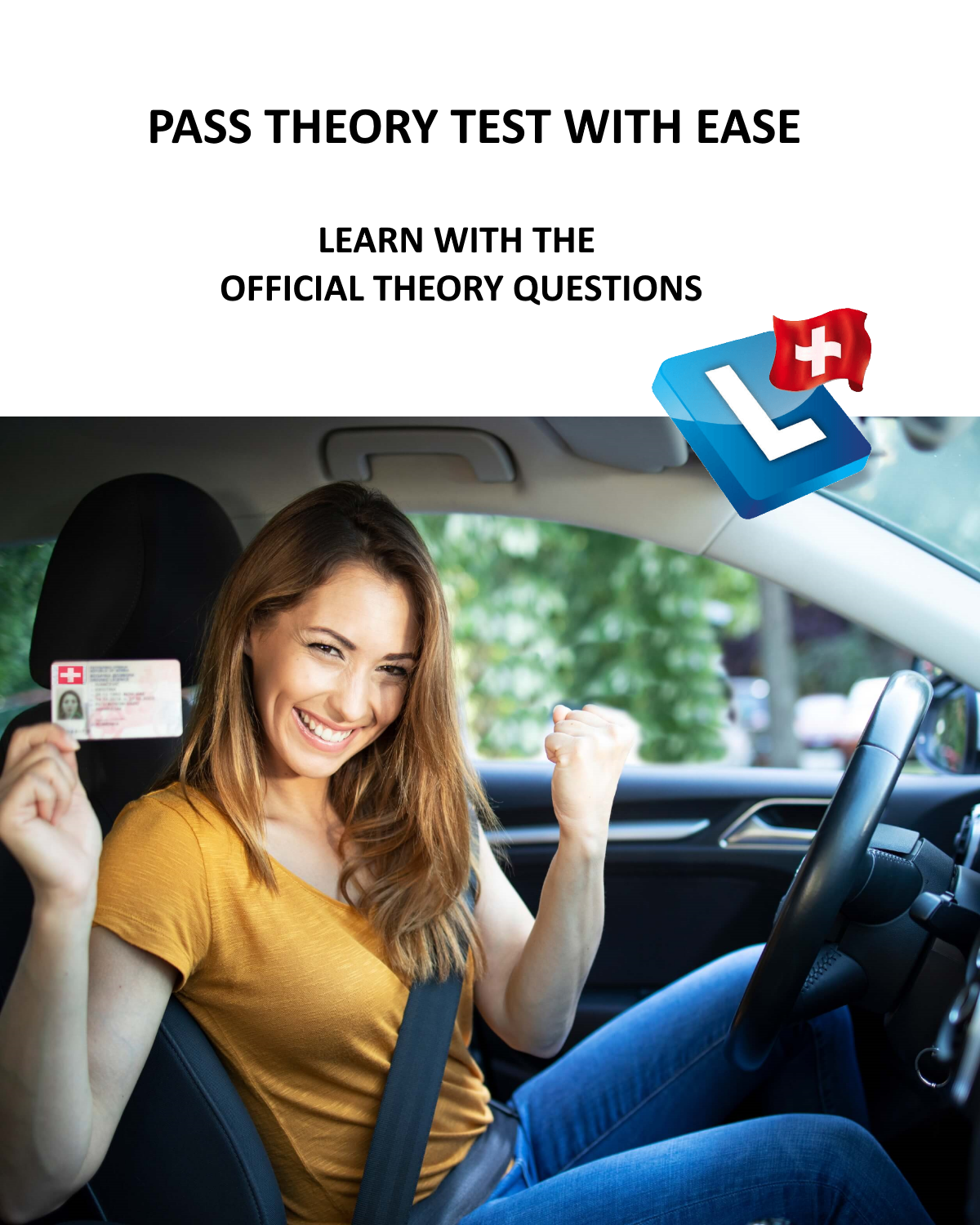Stopping distance, braking distance, reaction distance
Stopping Distance
The stopping distance is the total distance a vehicle travels from the moment a driver detects a danger until the vehicle comes to a complete stop. It consists of two main components:
- Reaction Distance: The distance covered while the driver reacts to the danger.
- Braking Distance: The distance required to stop the vehicle once the brakes are applied.
Factors Affecting Stopping Distance
- Speed: Higher speeds result in longer stopping distances.
- Driver Condition: Factors such as fatigue, alcohol consumption, and reaction time play a significant role.
- Road Conditions: Wet or slippery roads can increase stopping distances.
- Vehicle Condition: The effectiveness of brakes, shock absorbers, and tyres also affects how quickly a vehicle can stop.
Understanding these factors is crucial for safe driving and maintaining appropriate following distances.
Reaction Time and Stopping Distance
- Reaction Time:
- The reaction time starts when a driver recognizes a danger and lasts until the brakes are applied.
- The average reaction time is about one second.
- This time can vary based on the driver’s condition (e.g., health, alcohol, medication, fatigue).
- If a driver is prepared to brake (e.g., foot on the brake pedal), the reaction time can be shortened by about two-thirds.
- Reaction Distance:
- The reaction distance is the distance the vehicle travels during the reaction time.
- It depends on both the driver and the speed of the vehicle.
- Braking Distance:
Key Takeaway
Driving with foresight, being attentive, reducing speed in advance, and being ready to brake are crucial for safety on the road.



